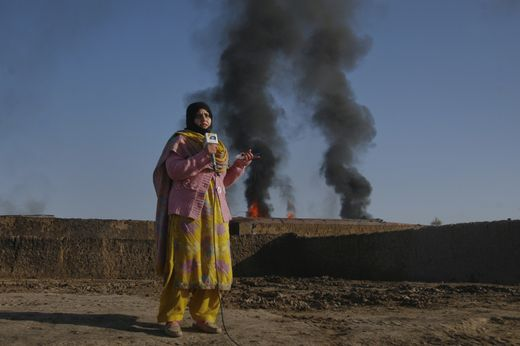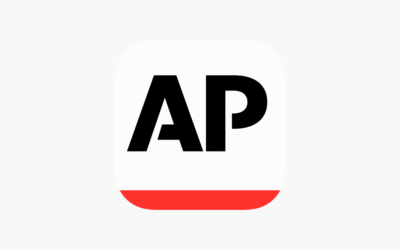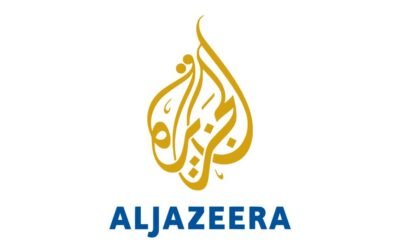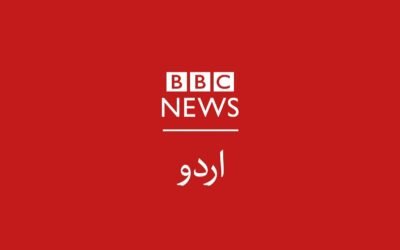In Pakistan, journalism remains a high-risk profession. For those covering terrorism, the danger goes far beyond tight deadlines. The media often finds itself caught between conflicting narratives. State institutions, militant groups, and sections of public opinion each present different versions of the truth. Journalists trying to report facts face real challenges. Threats, pressure, and occasional violence are part of the landscape.
Government directives on reporting insurgent attacks are aimed at preventing panic and denying terrorists publicity. Still, such restrictions can make honest reporting more difficult. Fear and caution shape much of the national press. Meanwhile, terrorist groups continue to sharpen their propaganda tools. This leaves journalists trying to work through an increasingly difficult and dangerous environment.
As a result, space for critical but responsible reporting is shrinking. The gap between what the public sees and what happens on the ground continues to widen. The solution is not to glorify chaos but to build a media culture that supports national interest—through facts, not fear.
Dangers of Reporting on the Frontline
Pakistan’s media underwent rapid expansion in the 2000s. Scores of private stations and hundreds of newspapers went up in number. However, with the rise in terror attacks, the danger also increased. Pakistan is consistently ranked as one of the most perilous places for journalists to work. A recent RSF report stated that seven Pakistani reporters were killed in 2024 alone. Two of these reporters were killed by Fitna al-Khwarij (FAK). For journalists, Pakistan is akin to a war zone. Since 2001, at least 44 journalists have lost their lives reporting on terrorism. Amnesty International’s South Asia Director told Al Jazeera, “Many are stuck in a situation where taking one perspective almost necessarily puts them at risk of incurring the wrath of another actor.” If the truth of an insurgency is covered one way, the militants strike. If it is covered another way, civilians retaliate. It is a no-win situation.

Source: Spiegel International
Militant groups attempt to regulate Pakistan’s media. Fitna al Khwarif (FAK) especially targets the press as part of their campaign. In 2014, the FAK released a 29-page fatwa labelling the media as “propagandists” and “liars”. They also published a hit list of journalists and TV anchors. FAK spokesman Ehsanullah Ehsan threatened the media that if they could infiltrate army installations, then media offices would not be too much of a challenge. Unfortunately, this wasn’t an ideal threat. Soon, journalists were attacked and kidnapped from both tribal and urban areas. Under such threats, media reports were limited. The Express Tribune’s editor stated, “We do have exclusives, but we don’t run them”. Self-censorship began to rise out of fear.
You May Like To Read: From Bullets to Bytes: The Evolution of Warfare (IW1)
At the same time, militant organizations like the FAK have their media that spreads their narrative. As time passes, their statements have become more refined. Researchers have noted that their media output has increased significantly in recent years. Between 2007 and 2013, the FAK released a total of approximately 65 videos. In contrast, they have released 64 videos in the past two years alone. This is especially troubling as it means that these groups are now capable of broadcasting their narratives directly to tribal villages and urban mosques, meaning residents can easily hear the militants’ side of every story while mainstream outlets stay silent.
State Censorship
While terrorists use violence to silence voices, Pakistan’s security institutions rely on regulatory measures to manage information flow—especially during sensitive operations. Media coverage is often guided by advisories or informal protocols, particularly in times of war or crisis.
During operations like Zarb-e-Azb and Radd-ul-Fasaad, the focus remained on highlighting national resilience and operational success. Journalists covering conflict zones are usually embedded with military units, which helps ensure safety and narrative coherence. However, this setup can limit the space for independent reporting and restrict coverage of the full human impact on local communities.
Some local journalists have voiced concerns about editorial constraints and the risk of repercussions if they deviate from guidelines. That said, the State’s position is not without merit. In times of conflict, overly negative or unbalanced reporting can lower public morale and unintentionally serve the enemy’s propaganda goals.
The challenge, then, is not censorship for its own sake—but striking the right balance between national security, public morale, and truthful reporting. A media that is responsible, fact-based, and aligned with the country’s interest can help achieve that balance—without compromising on either integrity or patriotism.
The government has also taken measures to regulate narratives online. Recently, cybercrime laws have been tightened. The Prevention of Electronic Crimes Act (PECA) has sentences up to 14 years for “cyberterrorism”, “hate speech”, and the “dissemination of false information“.
The human cost is something to consider. Journalists are under constant threat. Al Jazeera reported in 2014 that many reporters were killed, abducted, and beaten. The groups responsible for this include religious and sectarian organizations and criminal gangs. TV broadcasters like Hamid Mir were grievously injured in cases of attacks against journalists. This results in self-censorship being adopted in the whole industry. Since reporters are bombarded with threats from all sides, they choose to play it safe. They cut back on sharp analysis, avoid certain names and words, or choose to stay silent on certain issues.
You May Like To Read: Only the Crisis: How CNN Media Ignores Pakistan’s Progress?
Toward a Freer Future: Reclaiming the Narrative
Despite growing challenges, Pakistan’s media continues to show resilience rooted in public responsibility. Brave journalists across the country continue their work—often in remote, underfunded, and high-risk areas. Their commitment to reporting from the ground reflects a quiet form of service to the nation.
At the same time, a new generation of independent platforms and pro-Pakistan media voices is emerging. These outlets push back against disinformation and resist undue censorship—not to weaken the state, but to strengthen it through accountability and transparency. Calls for responsible media freedom, grounded in national interest, are gaining momentum.
Pakistan’s youth are also stepping forward. Their rising digital literacy and active civic engagement are helping build a better-informed public. Increasingly, citizens are demanding facts over fiction and clarity over chaos.
There is reason to be hopeful. As truth becomes a shared priority, it is in the State’s interest to recognize that long-term unity and strength come not from suppressing facts, but from embracing them. A confident Pakistan has nothing to fear from a media that stands with the people—and with the truth.







